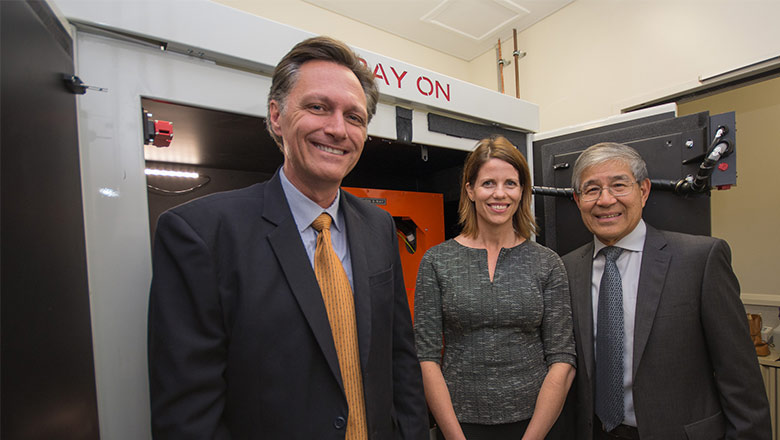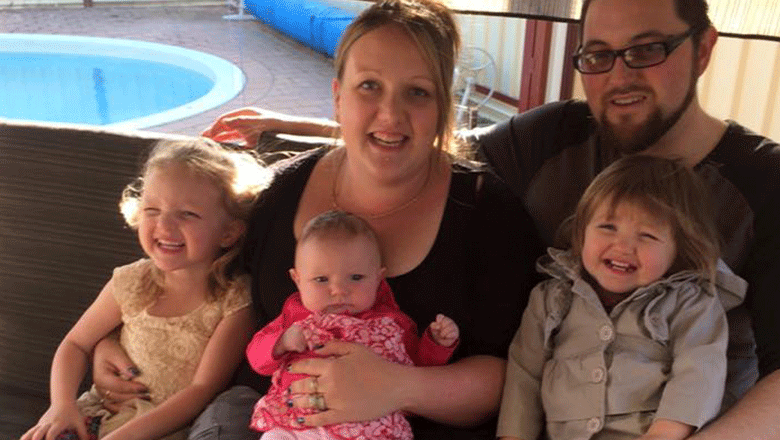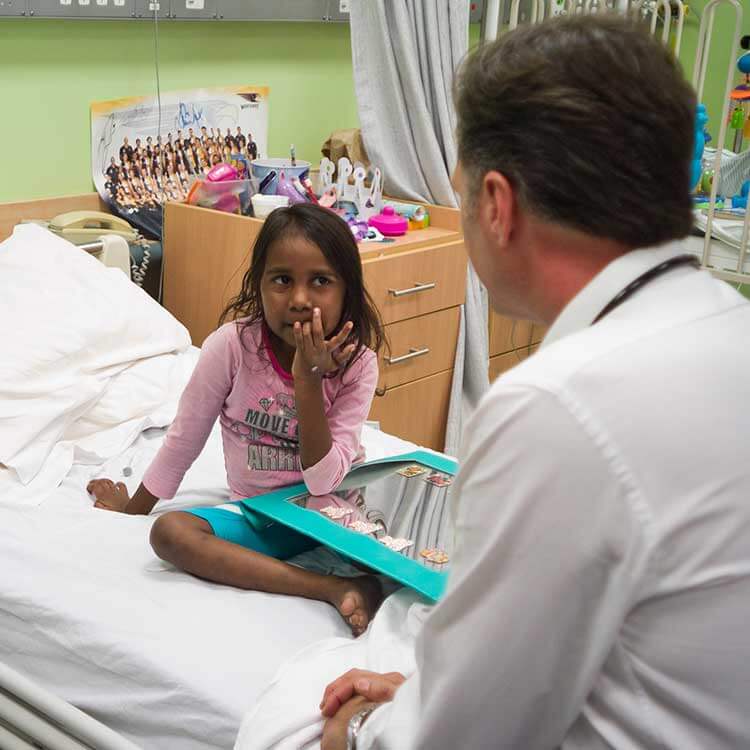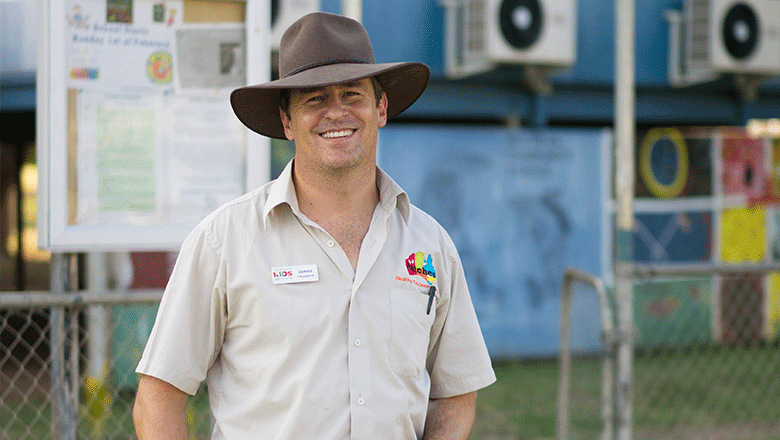Search

News & Events
State-of-the-art cancer research equipment arrives in WAA new state-of-the-art X-RAD radiation platform - the first of its kind in Australia - has arrived in WA, allowing WA cancer researchers to access cutting edge

News & Events
Free nutrition & lifestyle program for new mumsThe Kids Research Institute Australia researchers are offering a free nutrition and lifestyle program for plus sized mums and their babies who live in the Joondalup area.

News & Events
Support breastfeeding Mums for healthy babies and a healthy planetAs a child health researcher, I'm often asked by new Mums what's the best thing they can do for their babies? And my answer is always the same, breastfeed.

News & Events
Call for Group A streptococcal infections to become notifiable diseasesResearchers at The Kids Research Institute Australia say Group A Streptococcus should become a nationally notifiable disease in Australia.

News & Events
Discover Day Virtual RealityDownload these virtual reality apps to your smart phone and begin exploring!

News & Events
NHMRC Fellowships awarded to support child health researchFour leading The Kids Research Institute Australia researchers have been awarded Fellowships from the National Health and Medical Research Council (NHMRC).

News & Events
Three new Board appointments at The KidsPerth's The Kids Research Institute Australia is excited to announce the appointment of Professor Alex Brown, Ms Nicole O'Connor and Professor Jozef Gecz to its Board.

News & Events
Video: Community Lecture - You are what you breatheOne of the world's leading respiratory experts, Professor Stephen Holgate, presented The Kids Research Institute Australia's Annual Community Lecture on Tue November 28.

News & Events
Community is tackling FAS in the Fitzroy ValleyAmong the highest rates of Fetal Alcohol Syndrome (FAS) worldwide have been reported by Aboriginal community leaders in the remote Fitzroy Valley.

News & Events
Brain & Behaviour community forumWe invite you to join us for a community forum on the future of research in our Brain & Behaviour Research Focus Area.
